Successful Awards 2021-22
Exploring the Untold Stories of Sissinghurst’s Long Library: Anglo-German intellectual and cultural exchange in the 1920s-30s
Kathryn Batchelor (Centre for Translation Studies, UCL), Eleanor Black (Collections and House Manager, Sissinghurst, National Trust), Lesley Chamberlain (author), and Rowena Willard-Wright (Cultural Heritage Manager, National Trust).
This project explores the many German language books and English-German translations in the National Trust Sissinghurst collection with the goal of telling two forgotten stories. The first centres on the property owners, Vita Sackville-West and Harold Nicolson, and Vita’s 1931 translation of the Duino Elegies by the Austrian poet Rainer Maria Rilke, recently republished by Pushkin Press. Rilke’s ground-breaking work had a powerful immediate impact on British poets and was published by Leonard and Virginia Woolf’s Hogarth Press. As a translation, Vita’s version was quickly superseded. Much of the context in which it was produced has also been forgotten, the vibrancy of the Weimar Republic’s literary scene and of Anglo-German intellectual exchange supressed through the tireless repetition in the UK of nationalist historical narratives. This story of rich intellectual exchange is the second one that the exhibition will seek to tell, exploring the potential of the Sissinghurst collection to contribute to our understanding of the wider context and to challenge dominant retrospective accounts of the interwar period.
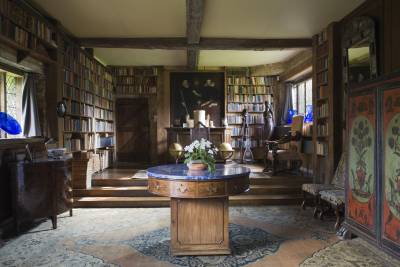
Links
- Affairs in Berlin: Harold in Germany, Vita in Love
- UCL Europe Blog about the exhibition
- Discover The Long Library at Sissinghurst
- Purchase Duino Elegies by Rainer Maria Rilke, translated by Vita Sackville-West and Edward Sackville-West (Pushkin Press, 2021)
Award : £4000
Image: The Long Library at Sissinghurst Castle Garden, © National Trust/John Hammond.
Visitors’ perceptions of the lighting in National Trust interiors
Luz Maria Frias Hernandez (UCL Bartlett School of Environment Energy and Resources), Nigel Blades (National Trust)
Across historic houses managed by the National Trust, daylight is widely used as the main source to illuminate showrooms due to the authenticity that it provides. However, its control often comes with challenges, making it difficult to create a balance that satisfies both visitors’ visual needs and conservation requirements for collections.
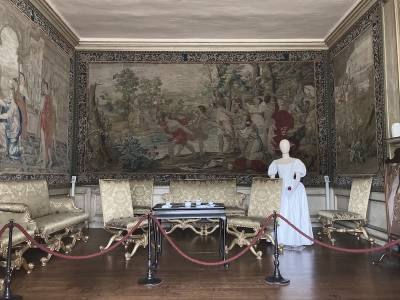
The outcome will be a set of practical recommendations that inform of suitable daylight management improvements in National Trust interiors. The purpose is to continue looking after the heritage we have through a more sustainable conservation approach that not only considers the requirements of the objects on display but also the visual needs of people to appreciate and enjoy the collections and interiors.
Links
- Visit Belton House, National Trust
- View Luz Frias-Hernandez's profile and PhD project
- Check Nigel Blades LinkedIn profile
Award: £1976.12
Picture : The Volury room at Ham House, National Trust, © Frias Hernandez, L. M. (2021)
Sediment of reading: analysing the dirt found in historic books
Robyn Adams (CELL, UCL), Yvonne Lewis (NT)
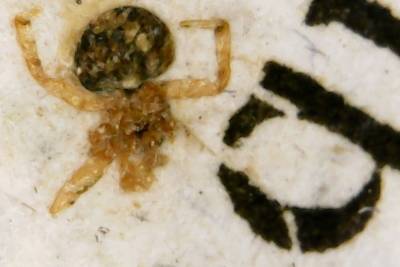
Currently there is inconsistent documentation guidance and methodological enquiry surrounding the presence of this material, due to ambiguous professional guidelines. This project aims to discover more about the reading practices of the Wimpole inhabitants, and to further develop the methodology for finding and recording the material left within historic books, to define a language and workflow which can be implemented at varying scales across historic collections.
Link
Visit The Centre for Editing Lives and Letters (CELL)
Award: £2000
Image: detail of Niccolò Machiavelli, Princeps (Basel, 1575) Sig F8v, (copy from UCL Special Collections Ref Collection B Strong Room Ogden 262/1) © Dr Robyn Adams ((2020)
Lakes, lives and landscapes: diverse histories of people and their standing waters
Helen Bennion (UCL Geography), Carl Sayer (UCL Geography), Seth Gustafson (UCL Geography), Stewart Clarke (National Trust), Imogen Sambrook (National Trust)
This project brings together natural and social scientists from UCL and practitioners from the National Trust to explore how the ecological, landscape and cultural histories compare and interact for lakes and ponds and to better understand the past values attached to different types of waterbody. As vital elements in an early agricultural world, ponds developed a rich associated culture, with uses and meanings that are both little understood and written down. By delving into historical archives and hearing the stories of a diverse range of people, a fuller understanding of the creation of, and change at, these sites could be achieved, in turn making a valuable contribution to conservation ecology including re-instatement of old management practices.
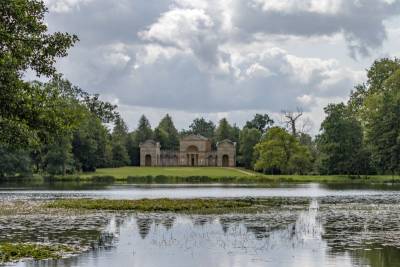
Links
Award £1982
Image: Temple of Venus across the lake at Stowe. Many wealthy families had lakes created as part of their fashionable parks and gardens; these lakes added to wider landscapes already rich in farm ponds which had more practical functions and were perhaps no less important to people.
©National Trust Images/Hugh Mothersole
Everyday Things: Engaging with Photography, Collections and Archives in the Community
Nathaniel Télémaque UCL Geography (Practice-related) PhD Candidate & Anita Bools National Trust Senior National Conservator, Paper and Photographs

Links
- Check out the EVERYDAY THINGS WHITE CITY project website
- Discover The history of portrait photography through the National Trust collections
Award: £2000
Picture © Nathaniel Télémaque
Cultural Heritage in Extreme Environments: “Looking after what we’ve got” with Autonomous Robotic Mobile 3D Mapping Systems to Improve the Sustainability and Digital Accessibility of Hazardous Historic Sites
Dr Vijay M. Pawar, Mr Harvey Stedman (Department of Computer Science, University College London) & Mr James Parry, Dr Keith Challis (National Trust)
Located within the St Just Mining District, Levant Mine and Beam Engine is a prime example of an important historical site under threat. Stretching a mile out to sea, access to its unique underground tunnels and man engine is currently difficult for National Trust (NT) practitioners to survey regularly. More widely, due to the hazardous working environment, it is hard for the NT to obtain the necessary quantitative 3D information to better manage this important landscape using evidence-based approaches. Similarly, due to health and safety concerns, large sections of the site are closed to the public meaning that the rich heritage of the site is currently inaccessible. For example, the shafts, adits, and stopes contain extensive material remains relating to the operation of the industry (cogs, wheels, rails, pipes, etc,), wooden implements (tool shafts, barrows, etc) that reflect the nature of the hard labour required in hard rock mining. The underground spaces themselves also carry an intense atmosphere, the sound of industrial machinery and miners working that extended underground dulled by narrow passageways in one space then breaking out into cavernous echoing stopes, candlelight being the only form of light reflecting off the glistening wet granite as the miners worked. As discussions of reopening the site for rare earth minerals and renewable energy solutions gather pace, if improperly informed, these plans could threaten the survival of this finite resource and its history and heritage could be lost.
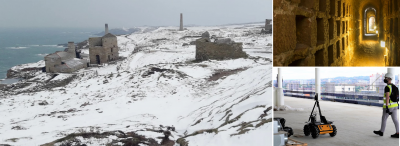
Links
• Visit UCL Autonomous Manufacturing Lab, Department of Computer Science
• Watch BBC One - Coastal Path, Underground at Levant Tin Mine
Award : £2000
Photo: Levant Mine ©
Ventilation and airtightness risk assessment in National Trust buildings
Hua Zhong (UCL The Bartlett School, Nottingham Trent University), Josep Grau-Bove (UCL Institute Sustainable Heritage), Nigel Blade (National Trust Curation & Experience)
The aim of this project is to understand better the role of air leakage and ventilation in maintaining a healthy indoor environment and the scope for retrofit measures improving air tightness in National Trust historic buildings, without adverse consequences for the health of the building, collections and occupants.
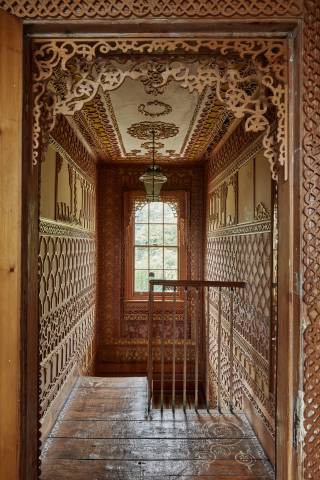
This field trial-based research project, potential future outcomes include:
o A dedicated research collaboration between Universities, National Trust and industries to develop a practical, technically feasible and financially viable methodology for retrofitting historic and listed buildings;
o Collaborative research between Universities, National Trust and Industries in the fields of developing low carbon and healthy buildings through Pulse-based building airtightness study, onsite sensors monitoring and ventilation assessment
Links
- Check Hua Zhong LinkedIn profile
- Check Josep Grau-BoveLinkedIn profile
- Check Nigel Blades LinkedIn profile
- Visit Woolsthorpe Manor
- Discover 575 Wandsworth Road
Award : £2000
Photo: Woolsthorpe Manor © National Trust Images / Annapurna Mellor
 Close
Close

